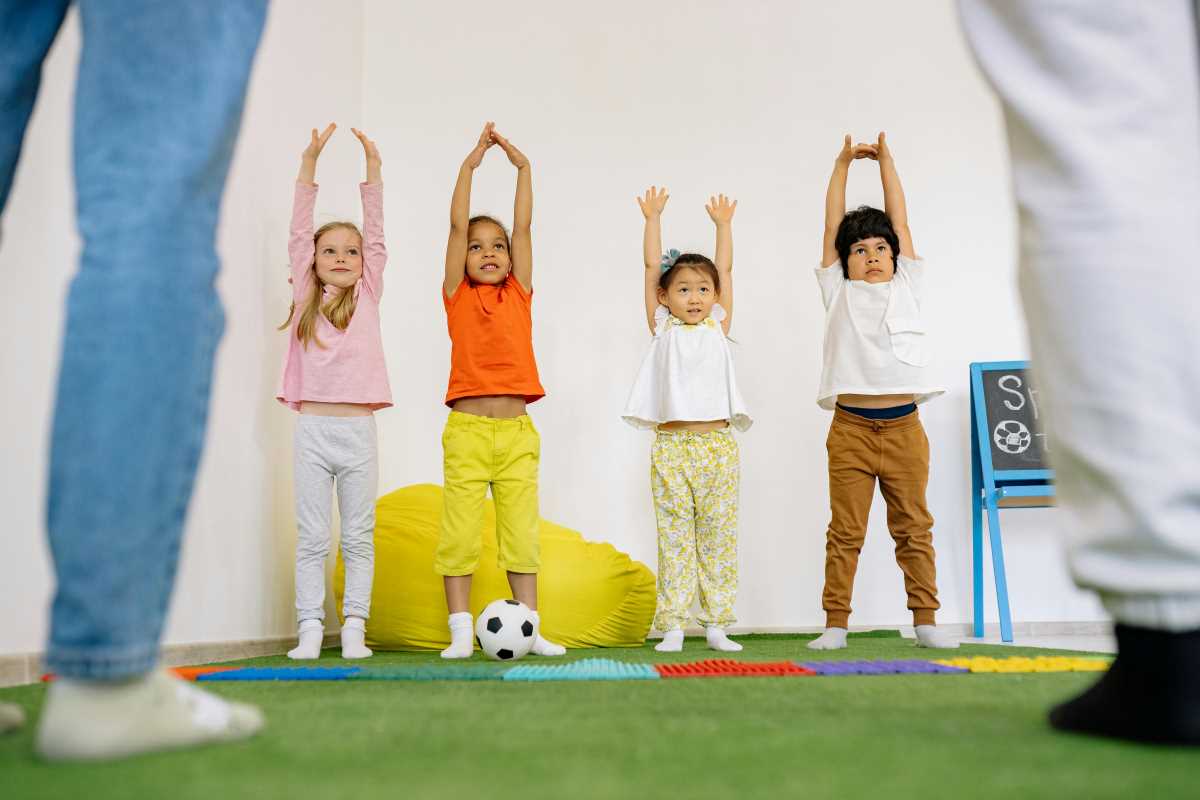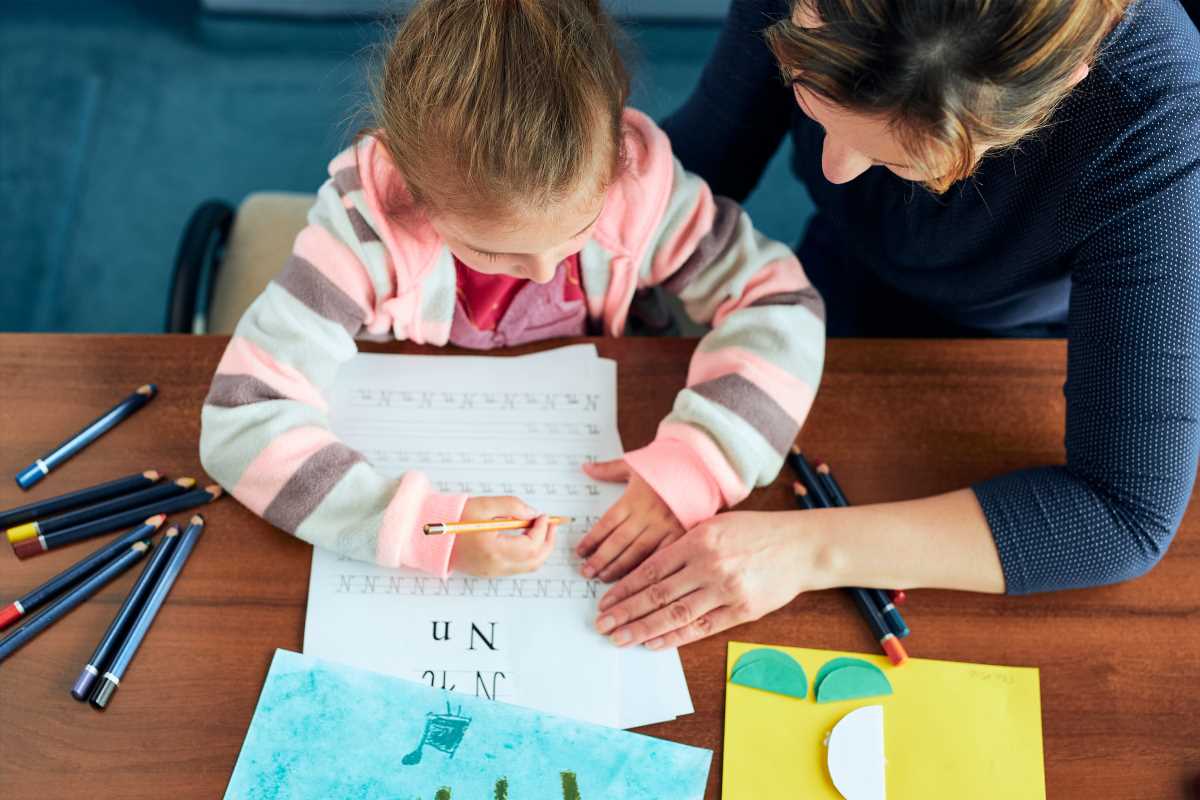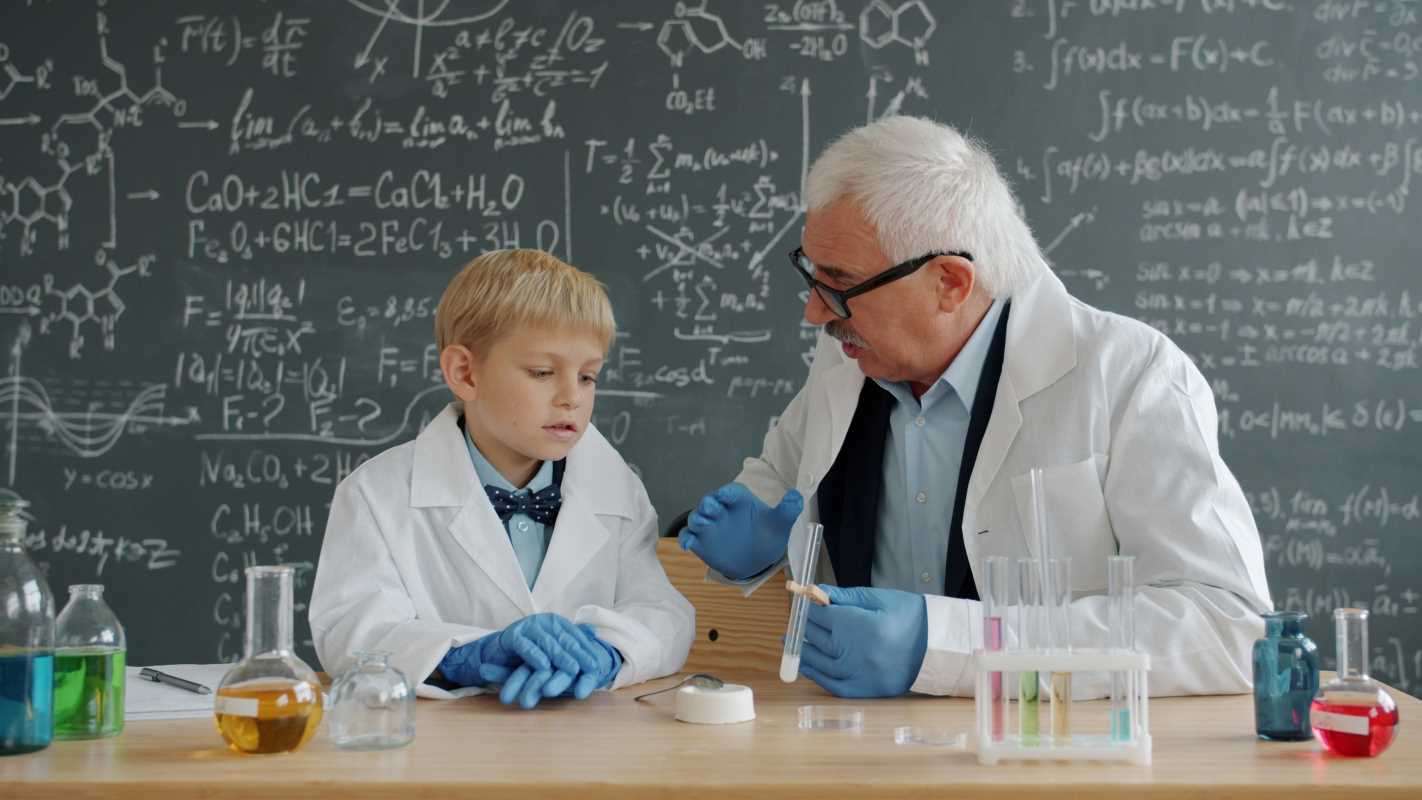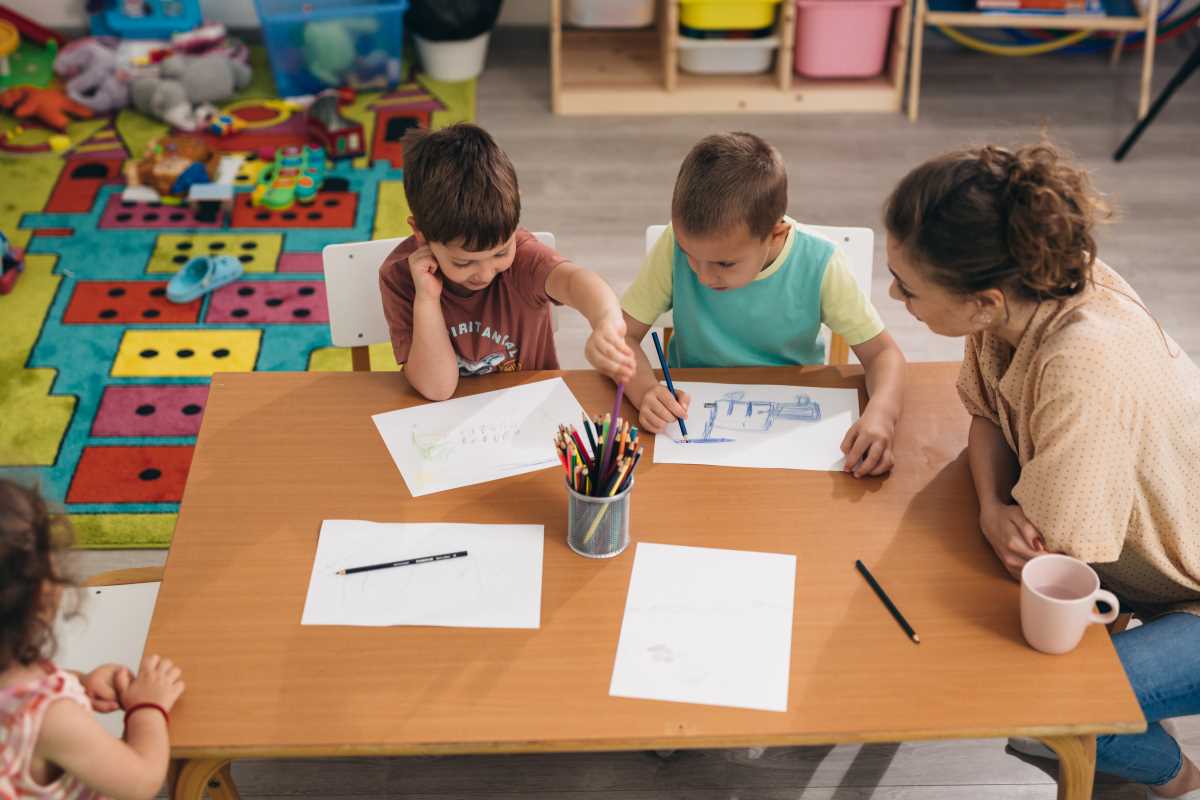Picture a school day where education bursts beyond the boundaries of textbooks and traditional lectures. Students are not just sitting at their desks; they are actively involved, moving around, and filled with energy as they grasp new ideas. The fusion of learning with physical activity is more than just an enjoyable approach—it's a powerful strategy to enhance students' mental acuity and physical well-being. This dynamic method of teaching not only keeps their minds sharp but also contributes to a healthier, more vibrant school environment, fostering a love for learning that goes hand in hand with an enthusiasm for staying active.
The Importance of Physical Fitness in Education
Integrating physical fitness into the educational experience offers numerous benefits that extend beyond the gymnasium. Here are some key advantages:
- Enhanced Academic Performance: Regular physical activity boosts brain function, improving concentration, memory, and problem-solving skills.
- Improved Mental Health: Exercise releases endorphins, reducing stress and anxiety, and promoting overall emotional well-being.
- Better Physical Health: Maintaining physical fitness helps prevent obesity, heart disease, and other health issues, ensuring students remain active and healthy.
- Increased Social Skills: Physical activities often involve teamwork and communication, helping students build better interpersonal relationships.
- Higher Energy Levels: Active students tend to have more energy throughout the day, leading to increased participation and engagement in classroom activities.
Creating a Balanced Curriculum
Developing a curriculum that seamlessly blends education with physical fitness requires thoughtful planning and creativity. Schools can adopt various approaches to achieve this balance effectively.
One approach is to incorporate short physical activity breaks between lessons. These breaks can help students reset and stay focused during academic tasks. Integrating movement into lessons—such as using physical demonstrations in science or interactive activities in math—can make learning more dynamic and enjoyable.
Another method involves offering elective courses that combine academic subjects with physical activities. For example, a biology class could include outdoor field studies, allowing students to explore ecosystems firsthand. Similarly, a history course might incorporate role-playing exercises to bring historical events to life.
Real-Life Success Stories
Many schools and programs around the world have successfully merged education with physical fitness, reaping significant benefits. Here are some inspiring examples:
- The Active Learning Schools Program: This initiative promotes active learning by integrating physical movement into standard classroom activities. Schools participating in the program have reported improved student engagement and higher test scores.
- Stand-Up Classrooms: Some schools have introduced standing desks and encourage students to move while learning. This setup not only reduces sedentary behavior but also enhances focus and participation.
- The Daily Mile: Originating in the UK, this program encourages students to run or jog for 15 minutes each day. Schools implementing The Daily Mile have seen improvements in students' physical health and academic performance.
- Project-Based Fitness Programs: These programs involve students in designing and executing fitness-related projects, such as creating wellness plans or organizing sports events. Participants gain valuable life skills while staying active.
- Mental Health and Fitness Integration: Some educational institutions have combined physical fitness with mental health initiatives, offering yoga, meditation, and mindfulness exercises alongside traditional curricula. This holistic approach supports both mental and physical well-being.
Overcoming Challenges
While the benefits of integrating physical fitness with education are clear, schools often face obstacles in implementing such programs. Understanding and addressing these challenges is crucial for success.
One common obstacle is the lack of time within an already packed school schedule. Schools can look for opportunities to incorporate physical activities into existing classes or extend the school day slightly to accommodate fitness programs.
Another challenge is limited resources, such as funding or access to facilities. Schools can seek partnerships with local community centers, parks, or businesses to share resources and create shared spaces for physical activities. Incorporating low-cost or no-equipment exercises can make fitness programs more accessible.
Engaging both teachers and students is also essential. Providing training and professional development for educators on how to integrate fitness into their teaching can create a supportive environment. Encouraging student input in designing fitness activities ensures that programs are enjoyable and relevant to their interests.
Blending education with physical fitness offers a holistic approach to student development, enhancing both academic performance and overall well-being. By implementing creative methods and overcoming common challenges, schools can create a dynamic learning environment that prepares students for success in all areas of life.
 (Image via
(Image via





